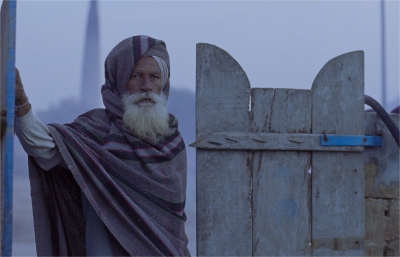 Kanshiram: Leader of the Dalits by Badri Narayan Published by Penguin India 2014
Kanshiram: Leader of the Dalits by Badri Narayan Published by Penguin India 2014
Dalit politics in the late 20th century India owes its rise to the vision and work one man–Kanshiram.
The bedrock for this movement was laid in the mid-20th century by its tallest leader Dr. B.R. Ambedkar. Despite his brilliance and lifelong commitment to the cause of the dalits, Dr Ambedkar had been largely forgotten in the national consciousness till the rise of the Dalit Soshit Samaj Sangharsh Samiti (DS4) and then the Bahujan Samaj Party- both creations of one man, Kanshiram.
Born in a Ramdasia Sikh family in Punjab, Kanshiram was named after a local baba who apparently predicted that he would grow up to be a big leader. He grew up more or less unaffected by the stigma that his caste was subjected to in most of the country.
Kanshiram’s eyes opened to the reality of caste oppression when he was employed with a government research laboratory in Pune. Spurred by the extant Dalit movement, primarily led by the Mahars in Maharashtra, he went on to dedicate his life to the cause that he took upon himself. He decided not to marry or have any relations with his family. His encounters with his family back in Punjab were sporadic, and interspersed over many years. For a long time, his parents and siblings did not know his whereabouts.
There is limited first-hand information about Kanshiram–he left behind no autobiography or work except a very short pamphlet titled “The Chamcha Age.” Badri Narayan has collected the facts of Kanshiram’s life from accounts of some of his associates and later, with the BSP’s emergence as a major political force in the late 1980s, from the media. Continue reading “Kanshiram- Leader of the Dalits by Badri Narayan: A Review”


